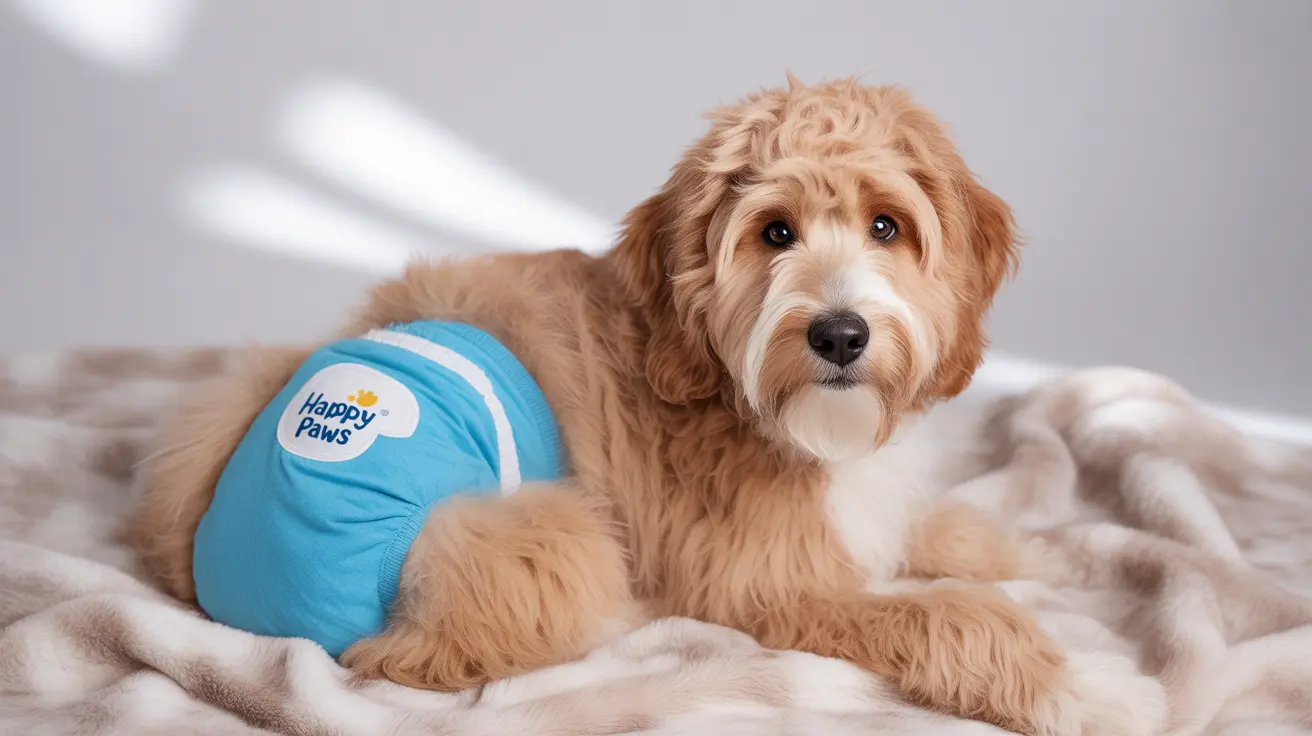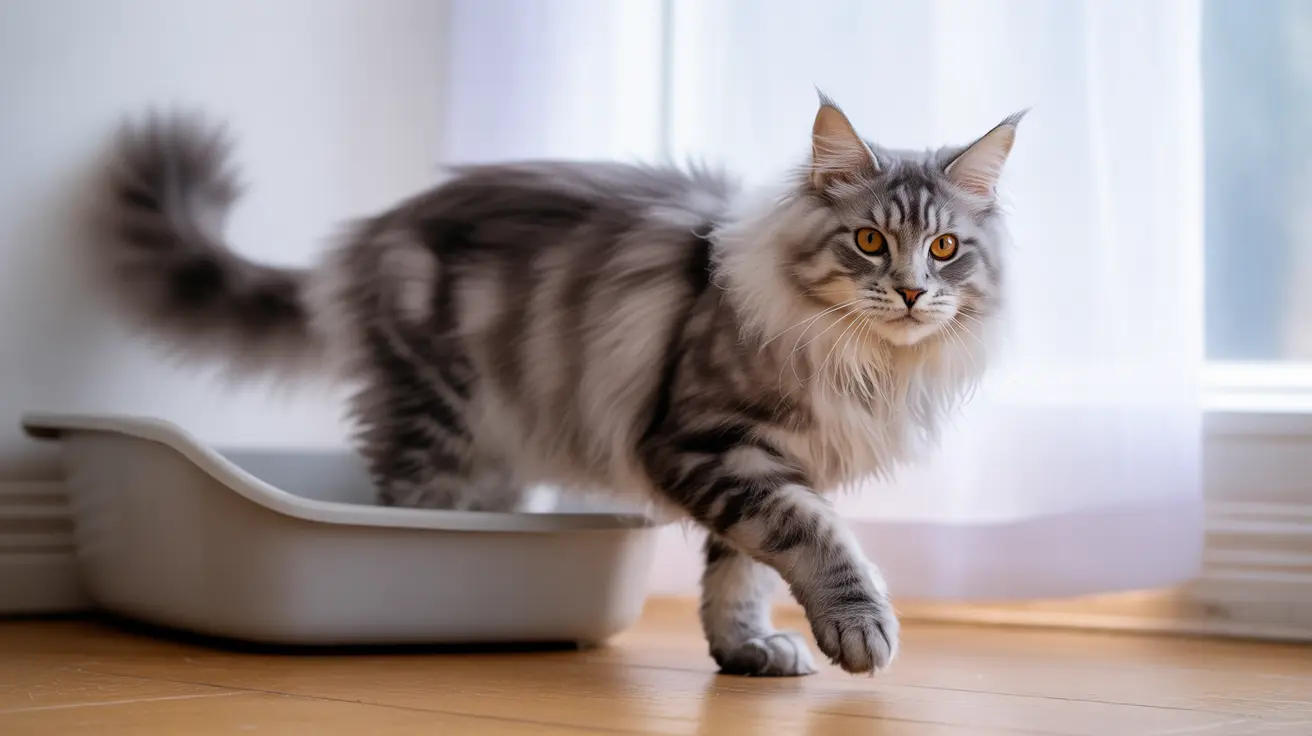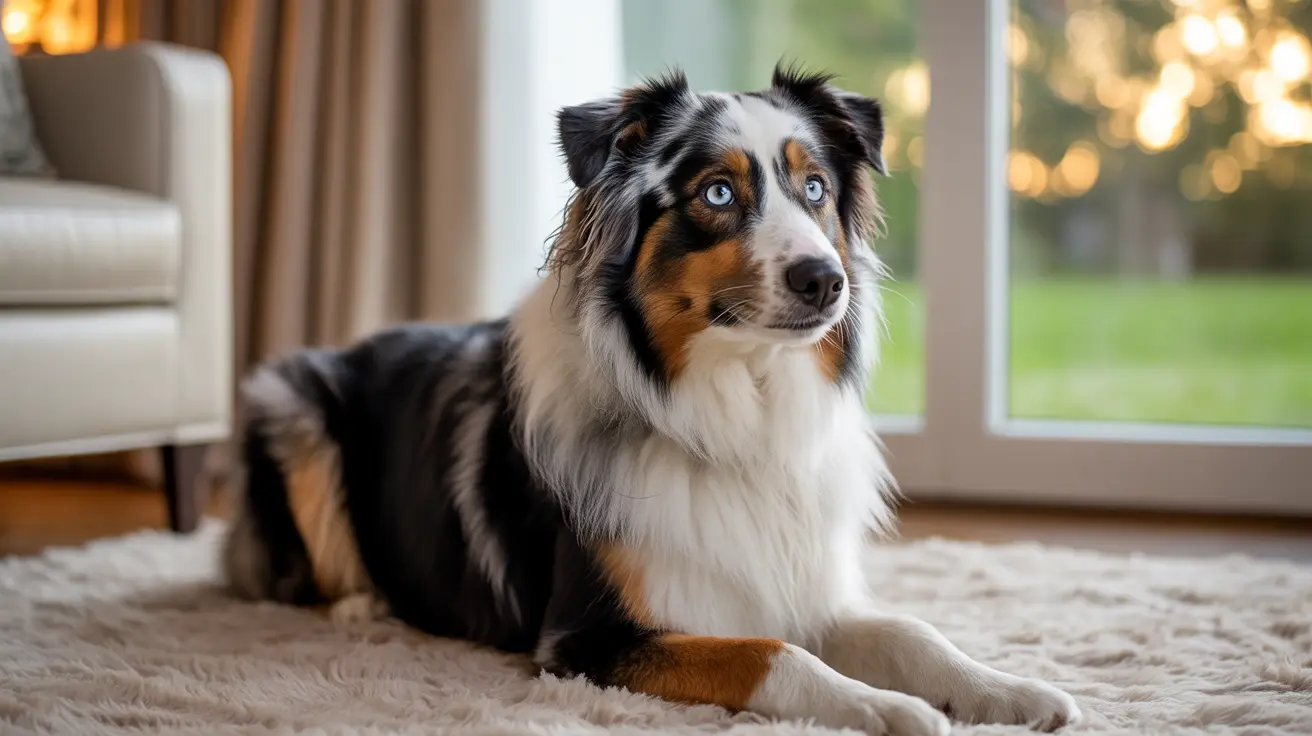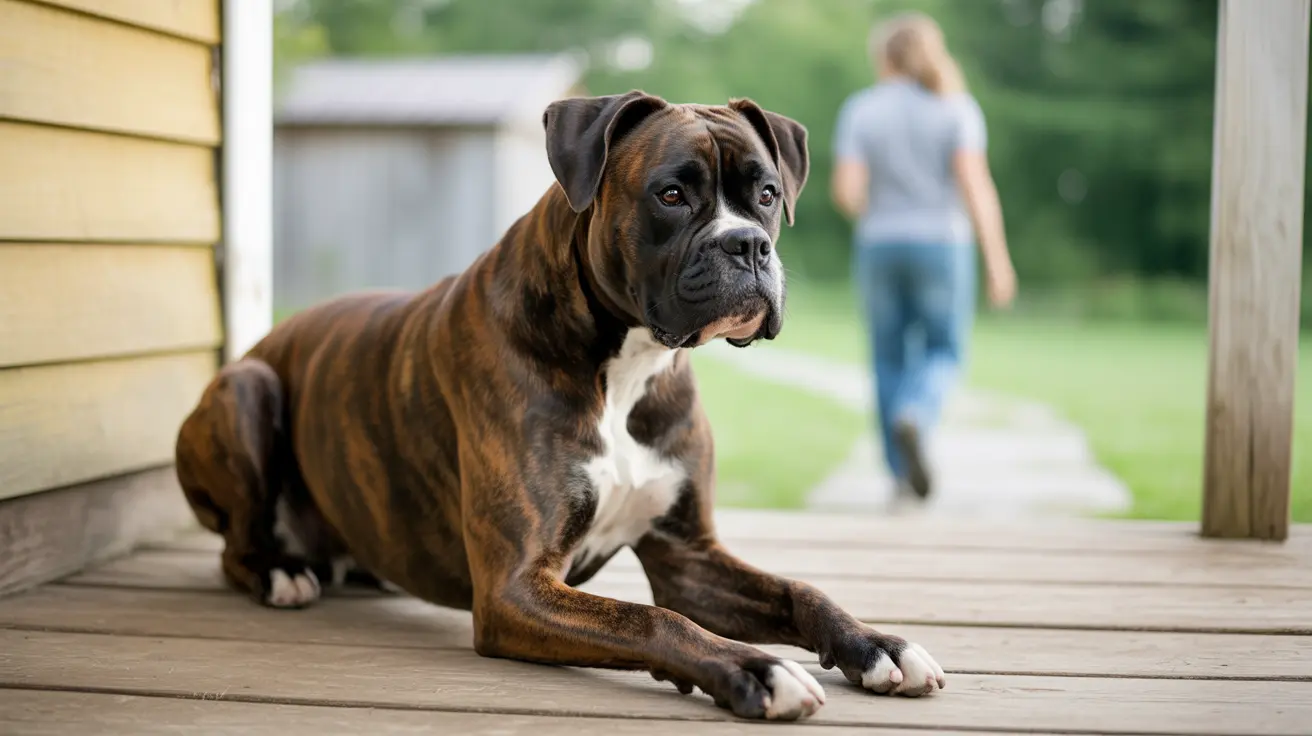Understanding when Goldendoodles go into heat is crucial for responsible pet ownership. Whether you're a first-time Goldendoodle owner or planning to breed, knowing the timing, signs, and proper care during heat cycles helps ensure your dog's health and well-being.
This comprehensive guide covers everything you need to know about Goldendoodle heat cycles, from first occurrence to ongoing care and management.
Understanding the First Heat Cycle
Female Goldendoodles typically experience their first heat cycle between six months and one year of age. However, this timing can vary based on several factors, including size, genetics, and overall health. Smaller Goldendoodles may enter heat earlier, while larger ones might take longer to reach sexual maturity.
It's important to note that some Goldendoodles might not have their first heat until 18-24 months of age, though this is less common. Early preparation is key to managing this important developmental milestone.
Heat Cycle Frequency and Duration
Most Goldendoodles experience heat cycles approximately every six to seven months, averaging two cycles per year. Each heat cycle typically lasts between 2-4 weeks, though the duration can vary between individual dogs.
The complete cycle consists of four distinct stages:
Proestrus Stage (7-10 days)
- Swollen vulva
- Bloody discharge
- Male attraction begins
- Female not receptive to mating
Estrus Stage (9-14 days)
- Discharge becomes lighter in color
- Female becomes receptive to males
- Peak fertility period
- Most likely time for conception
Diestrus Stage (60-90 days)
- Return to normal behavior
- Discharge stops
- May experience false pregnancy
Anestrus Stage (2-6 months)
- Inactive period between cycles
- Normal behavior resumes
- Body prepares for next cycle
Signs and Symptoms of Heat
Recognizing the signs of heat helps you provide appropriate care and prevent unwanted pregnancies. Watch for these common indicators:
- Swollen vulva
- Blood-tinged discharge
- Increased urination
- Behavioral changes
- Excessive licking
- Flagging (raising tail to side)
- Interest from male dogs
Managing Your Goldendoodle During Heat
Proper management during heat cycles is essential for your dog's comfort and safety. Consider these important care tips:
- Use specially designed doggy diapers
- Keep your home clean with frequent bedding changes
- Maintain supervised outdoor activities
- Keep males away during walks
- Provide extra attention and comfort
- Monitor for signs of complications
Spaying Considerations
If you don't plan to breed your Goldendoodle, consider spaying before the first heat cycle. This prevents unwanted pregnancies and reduces the risk of certain health issues, including mammary tumors and uterine infections.
Consult with your veterinarian about the optimal timing for spaying based on your dog's individual health and development.
Frequently Asked Questions
When do Goldendoodles typically have their first heat cycle, and how often do subsequent cycles occur?
Female Goldendoodles usually experience their first heat between 6-12 months of age, with subsequent cycles occurring approximately every 6-7 months thereafter.
What physical and behavioral signs indicate that my Goldendoodle is in heat?
Key signs include swollen vulva, bloody discharge, increased urination, behavioral changes like restlessness or clinginess, and increased attention from male dogs.
How long does a Goldendoodle's heat cycle last, and what are the different stages?
A complete heat cycle typically lasts 2-4 weeks and includes four stages: proestrus (7-10 days), estrus (9-14 days), diestrus (60-90 days), and anestrus (2-6 months).
How can I best care for my Goldendoodle during her heat cycle to keep her safe and comfortable?
Use doggy diapers, maintain clean bedding, supervise outdoor activities, keep males away, and provide extra attention and comfort. Monitor for any unusual symptoms or complications.
When is the best time to spay my Goldendoodle to prevent heat cycles and related health risks?
Many veterinarians recommend spaying before the first heat cycle, typically around 6 months of age, to prevent unwanted pregnancies and reduce health risks. Consult your veterinarian for personalized advice based on your dog's specific needs.






